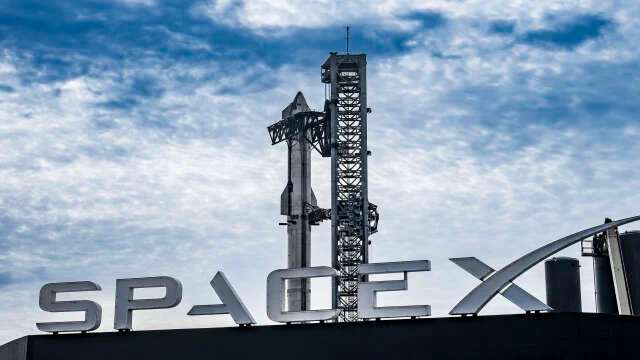SpaceX Starship's Second Test Flight Marks Progress Despite Mid-Flight Explosion
In a dramatic display of both progress and the challenges of space exploration, SpaceX's latest Starship test flight achieved significant milestones before ending in an unexpected explosion. The massive spacecraft, standing as tall as a skyscraper, lifted off from the company's Boca Chica facility in South Texas, marking another crucial step in humanity's journey to the stars.
Launch Details and Key Developments
At approximately 7:00 a.m. local time (1:00 p.m. GMT), the colossal rocket thundered to life, breaking free from Earth's gravity with the force of its 33 powerful engines. Space enthusiasts and industry experts watched with bated breath as the vehicle, designed to revolutionize space travel, soared into the Texas sky.
Technical Breakdown of the Flight
The Starship system consists of two primary components:
- The Super Heavy propulsion stage, powered by an impressive array of 33 engines
- The Starship spacecraft module, which gives its name to the entire rocket system
During the flight, a SpaceX commentator noted, "What we believe at the moment is that the automatic flight termination system on the second stage appears to have triggered very late in the thrust." This insight provides a glimpse into the complex systems and safety measures in place during these test flights.
Learning from Previous Attempts
The path to successful spaceflight is often paved with setbacks and lessons learned. SpaceX's first Starship test flight in spring 2023 faced its own challenges:
- The rocket exploded before stage separation could occur
- Multiple engines failed to perform as expected
- Mission control made the decision to terminate the flight after just four minutes
Despite these setbacks, each test provides valuable data and insights that contribute to the advancement of the technology.

